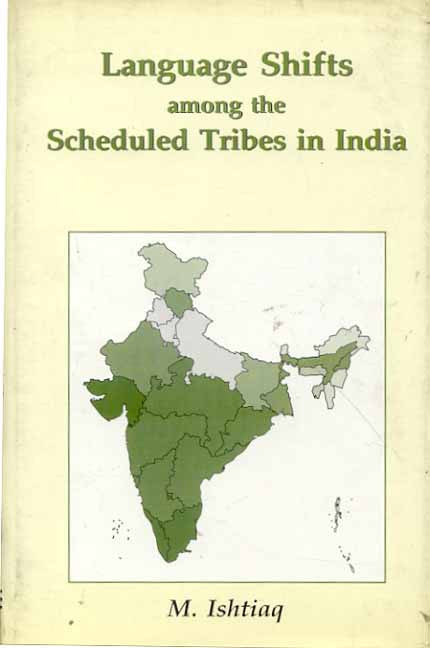Language Shifts Among the Scheduled Tribes in India: (A Geographical Study)
Language Shifts Among the Scheduled Tribes in India: (A Geographical Study) - Paperback is backordered and will ship as soon as it is back in stock.
Couldn't load pickup availability
The present work attempts to identify spatial patterns fo the extent and
nature of language shifts among the tribal population in India. It provides
social, economic and political dimensions of changing linguistic identity.
Based on both secondary and primary data, some of the socio-economic
variables have been statistically tested through Correlation and Regression
to determine the relationship with language shifts. The impact of
urbanisation and regional development on the linguistic behaviour of the
tribal population has been analysed.
The study rejects the claim that language shift indicates the process of
integration--rather it shows the process of assimilation of the tribal
people into the majority culture group. In fact, language shifts among
these societies have been perceived more often as social compulsions.
The study emphasises the need of promoting and preserving the tribal
languages as these are cultural heritage of India. The study may provide a
basis to understand the dynamics of language shift--as it might have
implications of language planning in multilingual societies like India.
Review(s)
About the Author(s)
-
Pages
-
Edition
-
Size
-
Condition
-
Language
-
Weight (kg)
-
Publication Year
-
Country of Origin
-
Territorial Rights
-
Reading Age
-
HSN Code
-
Publisher




